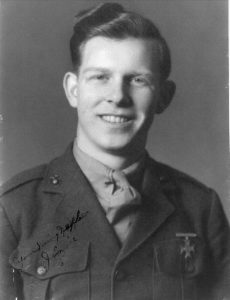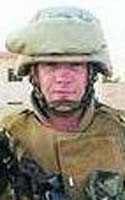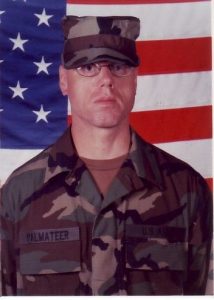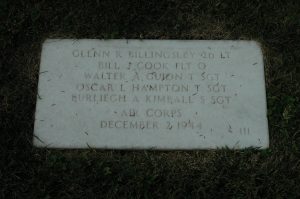
James Bernard Johnson, age 19, from Poughkeepsie, New York, Dutchess county.
Parents: Vear Johnson
Service era: World War II
Date of death: Saturday, November 20, 1943
Death details: On April 18, 2016, the Defense POW/MIA Accounting Agency (DPAA) identified the remains of Private First Class James Bernard Johnson, missing from World War II. Private First Class Johnson, who joined the U.S. Marine Corps from New York, was a member of Company K, 3rd Battalion, 8th Marine Regiment, 2nd Marine Division. He was killed in action on November 20, 1943, during the assault on the Japanese-controlled Betio Island of Tarawa Atoll, Gilbert Islands, and his remains were not recovered at the time. In 2015, the non-governmental organization History Flight, in partnership with DPAA, excavated a burial site on Betio Island and recovered remains of U.S. Marines who fought during the battle in November 1943, and advances in forensic techniques led to the identification of PFC Johnson from among these remains.
Cemetery: Arlington National (buried May 31, 2016)
Source: National Archives, Department of Defense, Defense POW/MIA Accounting Agency



